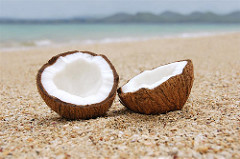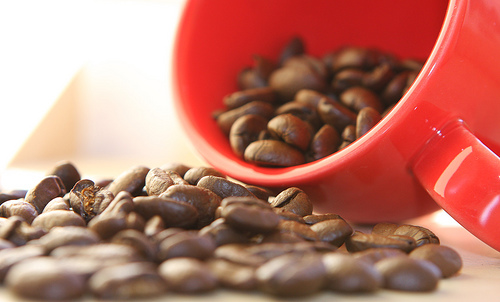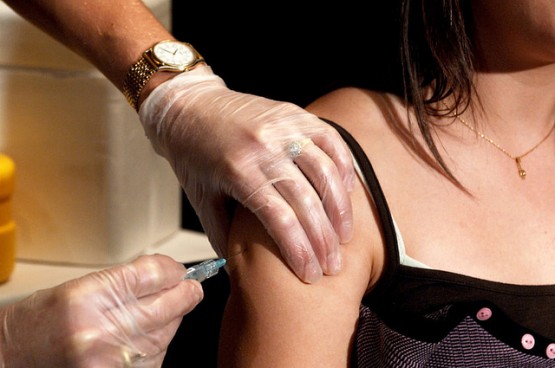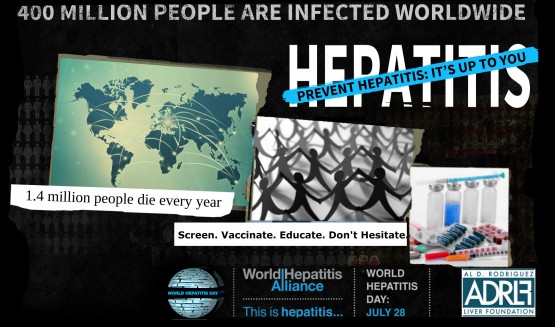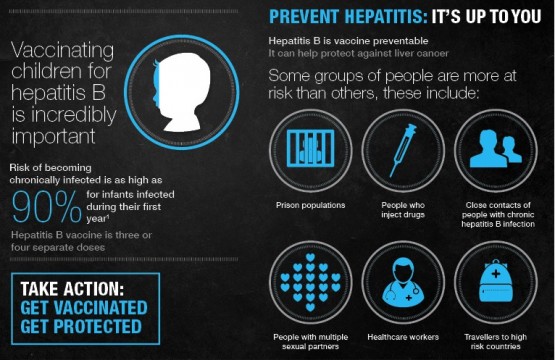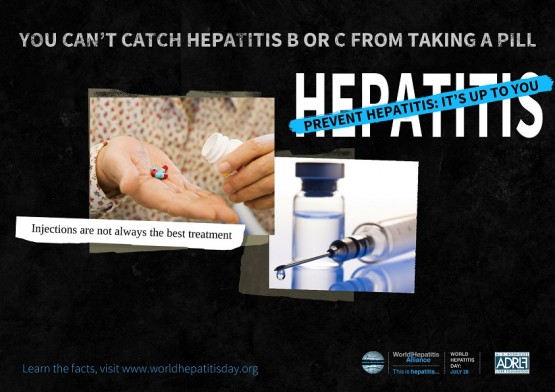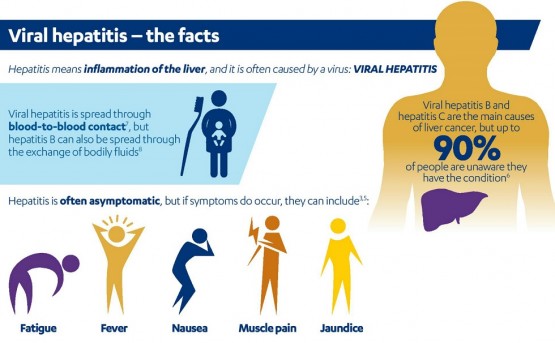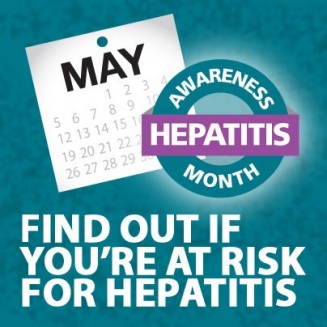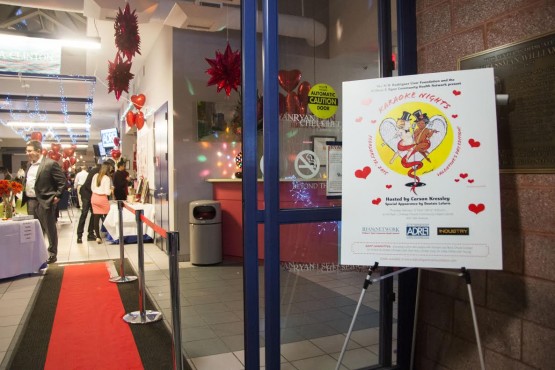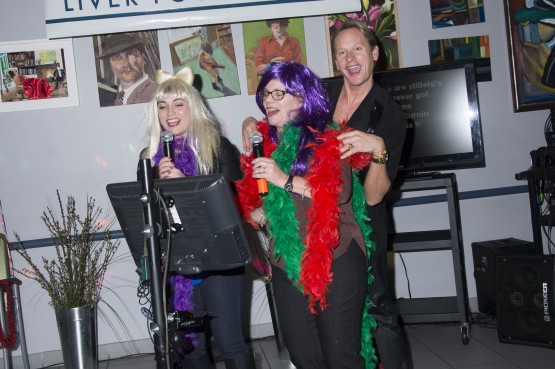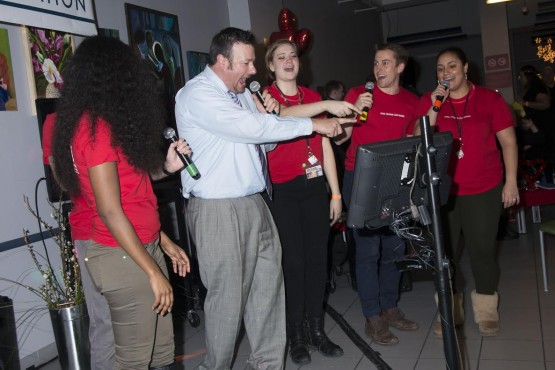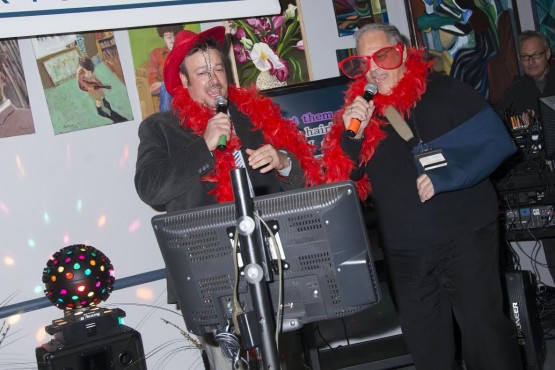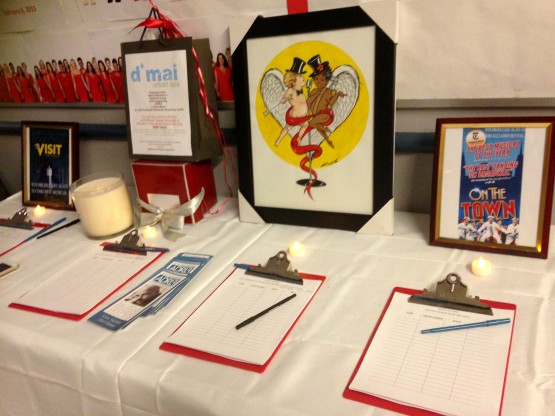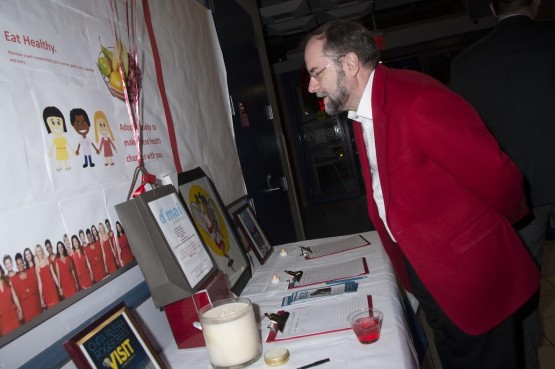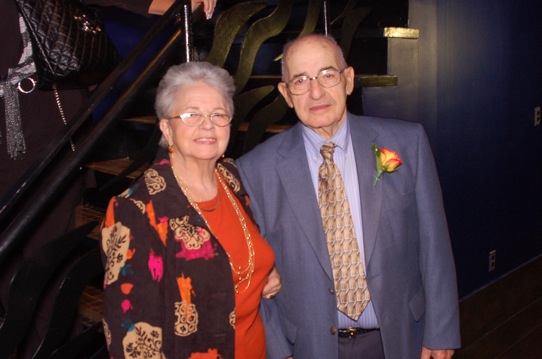Holiday travel brings some of our most treasured memories. However, it takes careful planning and preparation to ensure a safe and enjoyable trip. One task you should seriously consider adding to your list — particularly for international travels — includes setting-up an appointment with your doctor to specifically see if your vaccinations are up-to-date. Your discussion should also include inquiring about receiving a vaccination for hepatitis A, a highly contagious liver disease that is common across the globe, including popular destinations in Central and South America.

Make sure to have the necessary vaccines before traveling this holiday season. (Photo credit: “The Layover” by Matthew/Creative Commons)
Hepatitis A is among the most common causes of foodborne infection. It spreads through contact with contaminated food or drinks, as well as direct contact with an infected person. It is prevalent in areas with unsafe water supplies and poor sanitation. This disease is also transmitted when harvesting and processing fruits and vegetables; and undercooking contaminated food. People infected with hepatitis A develop mild to severe fever, and other symptoms such as diarrhea, abdominal pains/discomfort, jaundice, nausea, and appetite loss.
However, as with other hepatitis infections, some infected people may not show any symptom at all. Children 6 years old and younger often do not show noticeable symptoms. This is particularly alarming as hepatitis A can lead to acute liver failure. To date, there is no treatment for hepatitis A, and recovery from severe symptoms can take weeks to months. Vaccination remains the best protection from this disease. While some countries have included hepatitis A vaccine in children immunization plans, it is important to make sure that you and your family are protected before you travel.
When planning to travel, get a hepatitis A vaccine at least two weeks before your departure. In some cases, if it’s been discovered that an individual has recently contracted hepatitis A, a medical provider can still administer the vaccine to try to combat the virus; however, this post facto inoculation will only work if the individual has been exposed to hepatitis A for less than 14 days. Hepatitis A vaccine is usually given as a two-dose course.
Consult your physician if you can opt for a combined shot for hepatitis A and B, or the combined shot for hepatitis A and typhoid fever. Look out for updated information on country-specific immunization requirements and current disease patterns. While many of the suggested travel vaccines are meant for those traveling to tropical and exotic areas, health risks during busy holiday seasons are not restricted to these destinations.
Ready for your Hepatitis A vaccine? Check out and share this handy information sheet for details. And safe travels for the season from ADRLF!








